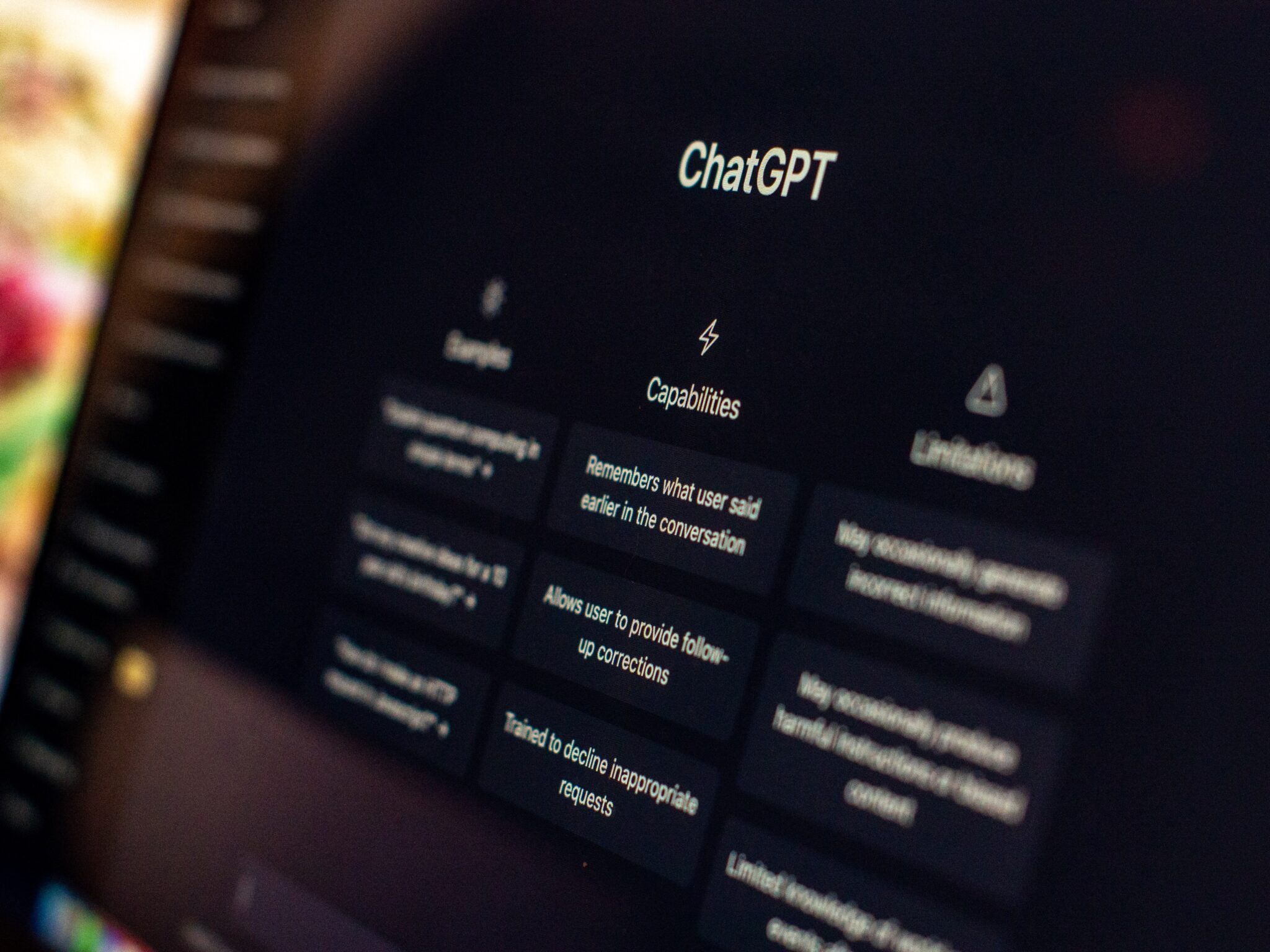Chat GPT is barely a year old, but it has grown exponentially in the number of users. Juan Pablo Sáez reveals the factors why there is the false idea that it is stagnating
On November 30, Chat GPT celebrated its first year of life. The date is a milestone, because artificial intelligence (AI) went from being a distant concept to becoming a tool that anyone could start using to obtain information and instant answers on an infinite number of topics. The revolution was such that just 5 days after its launch, the chatbot application reached one million users. For reference, it took Netflix 3.5 years to achieve the same feat.
Today, Chat GPT has 175 billion parameters and receives up to 10 million requests daily. And despite the initial boom of this and other AI programs such as voice assistants, telephone calls, audio, etc., that early fervor seems to have given way to a kind of plateau in the advancement of new technologies, where perception General is that from November 2022 until now, not much has happened.
Nothing could be further from the truth, because since Chat GPT emerged, updated versions of different AI engines that are much more powerful than the original have continued to be released. In fact, we could say that IQ potentially increases in every software offered on the market. Why then does this false idea of stagnation exist? There are several factors and it is worth analyzing each of them.
The first has to do with the very nature of the technological process. As in any rapid and dizzying evolution, there are periods in which this innovation stabilizes because in parallel, researchers work on the new boom that is coming, which may be a much more powerful product or service than what is currently available.
Another reason has to do with the different challenges that are being generated, which in the case of AI, point to ethical, technical and cultural issues. In relation to the latter, people are adapting to the different AI tools present on the market in a way that was previously unthinkable. This is where you have to be careful and use them with great responsibility and high-mindedness. On the one hand, they are a great help by making time more efficient, but they must be used intelligently and being clear that they can be detrimental at critical ages. Children, for example, have to learn and think for themselves first, and then turn to AI as a complement or support.
In terms of ethics, the development of AI goes hand in hand with new challenges, since as we work with a greater amount of information and appreciation of different models, walls related to the protection and privacy of data also emerge. people’s data. Combining technological advance with the respective standards is a process that takes time and does not happen overnight, it requires periods of adjustment and it is also necessary to consider the realities experienced in each country.
It is normal that the incredible rise of artificial intelligence gives way to periods of supposed stagnation, which in reality are phases in which current systems are fine-tuned and refined. Because it is a fact that AI tools like Chat GPT are now better used and integrated compared to a year ago. Therefore, these ‘slower’ times are ideal for establishing continuous improvements and normalizing its use not only from a technological point of view, but also from a communication point of view, in relation to raising awareness in society, etc.
Each new version potentially increases the capacity of a huge and limitless system, so I wouldn’t be surprised to hear significant announcements over the next year and beyond. Let us then take advantage of this apparent stagnation as a period that is part of a cycle and that can help us reflect on the scope of AI and consolidate its use in different ways that allow us to fulfill our tasks in an increasingly effective and efficient way.
